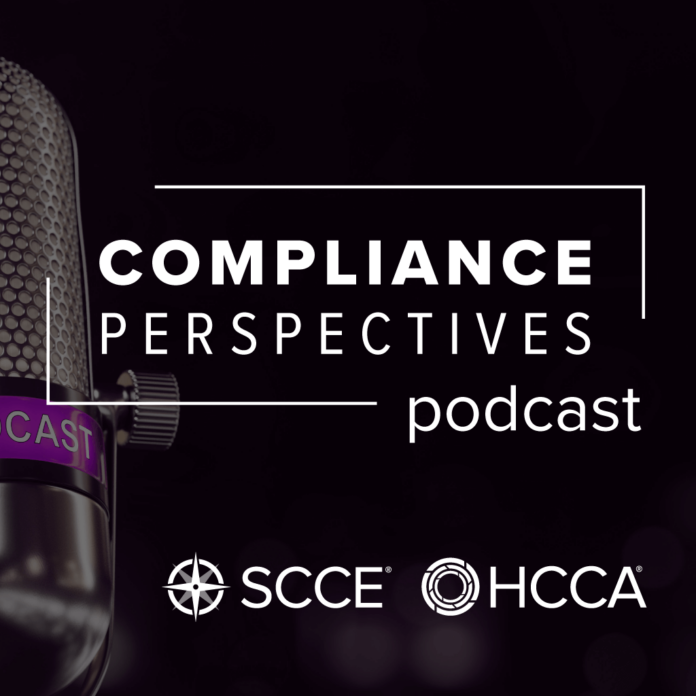Podcast: Play in new window | Download (Duration: 12:32 — 11.5MB)
Subscribe: Apple Podcasts | Email | TuneIn | RSS
With the proliferation of sanctions in the wake of the war in Ukraine and more focus on responsible sourcing, trade compliance has grown exponentially in complexity. It has also become less of a compliance silo and become more integrated with other compliance efforts.
To understand the state of trade compliance we sat down with Lindsay Bernsen Wardlaw (LinkedIn), Director, Trade Advisory Services, Amalie Trade Compliance, who outlined the four areas of trade compliance: sanctions, export controls, antiboycott and customs.
Each has great complexity, and there’s much more than Russian sanctions to worry about. Restrictions on importing goods manufactured by forced labor have increased dramatically with the passage of the Uyghur Forced Labor Prevention Act that presumes good sourced from the Xinjiang region of China were made with forced labor.
The law has real teeth, she explains. Of the approximately 3,000 shipments stopped under the law, none have been released because they were able to prove that the shipments weren’t made with forced labor; some have been released because they were able to prove they weren’t from the restricted region.
So what should organizations be doing? First, take the time to understand your risks, including the primary inputs for your products and who your suppliers and customers are, including agents and channel partners. Understand, too, where the goods are being made, sold to and for whom.
Have a restricted party screening process in place and an import/export classification strategy. Also, be sure to have a transaction review team in place for any deals that may be sensitive.
She also recommends creating a crisis task force for when things go wrong, as they may. It will likely include the trade compliance, supply and procurement teams. Other potential members include IT, engineering, product management, and even communications.
Listen in to learn more about what you need to do to ensure compliance in this ever-more complex risk area.


